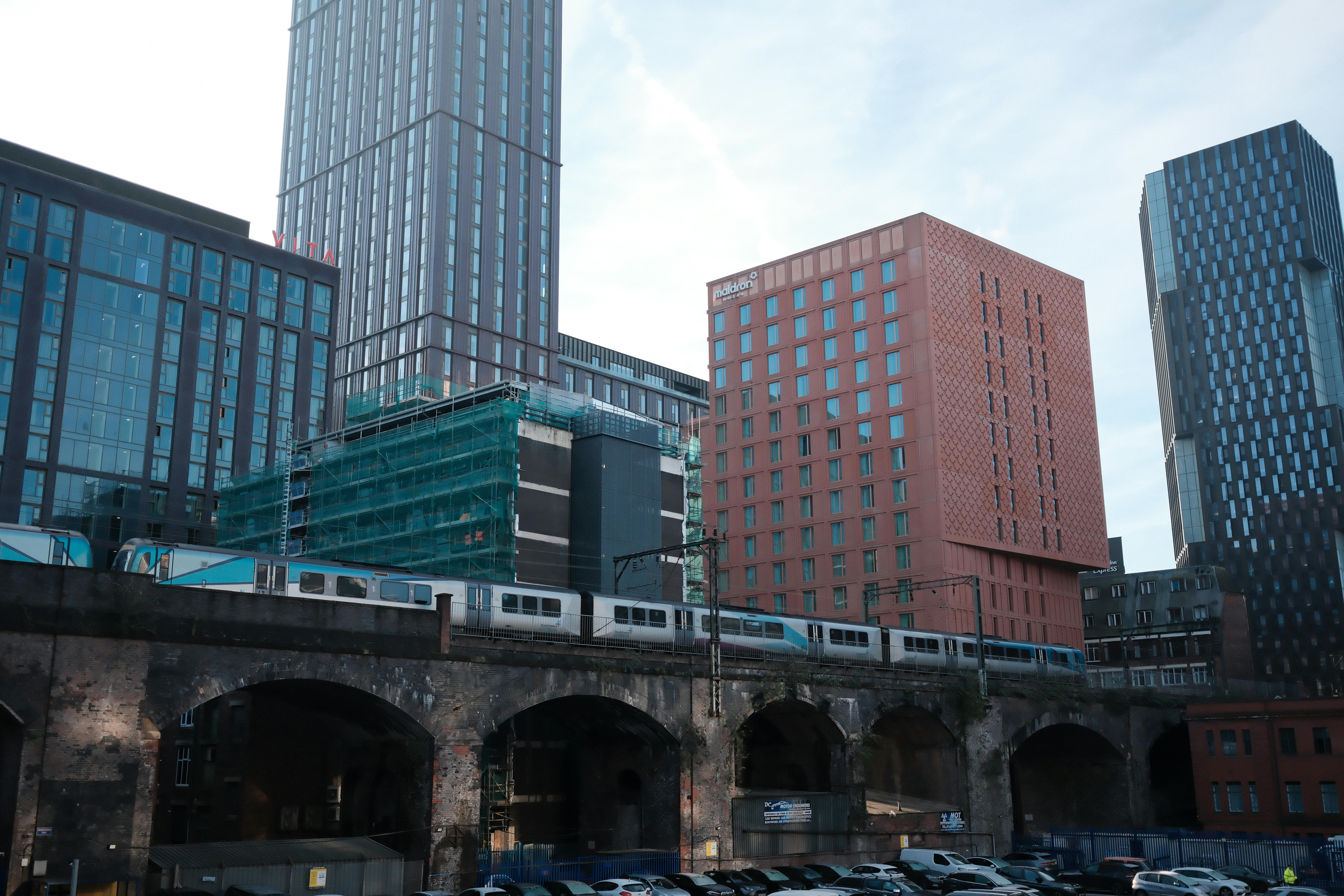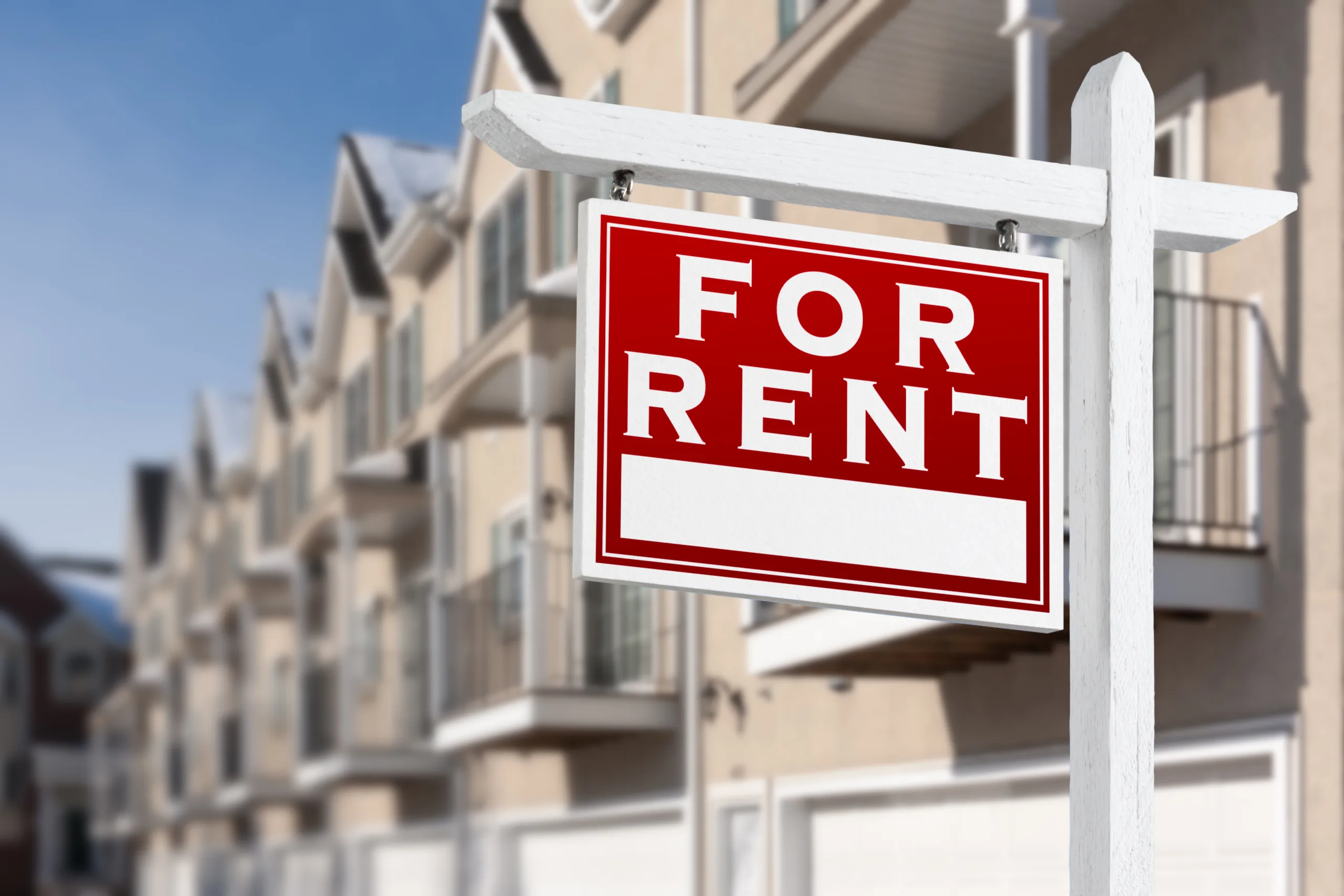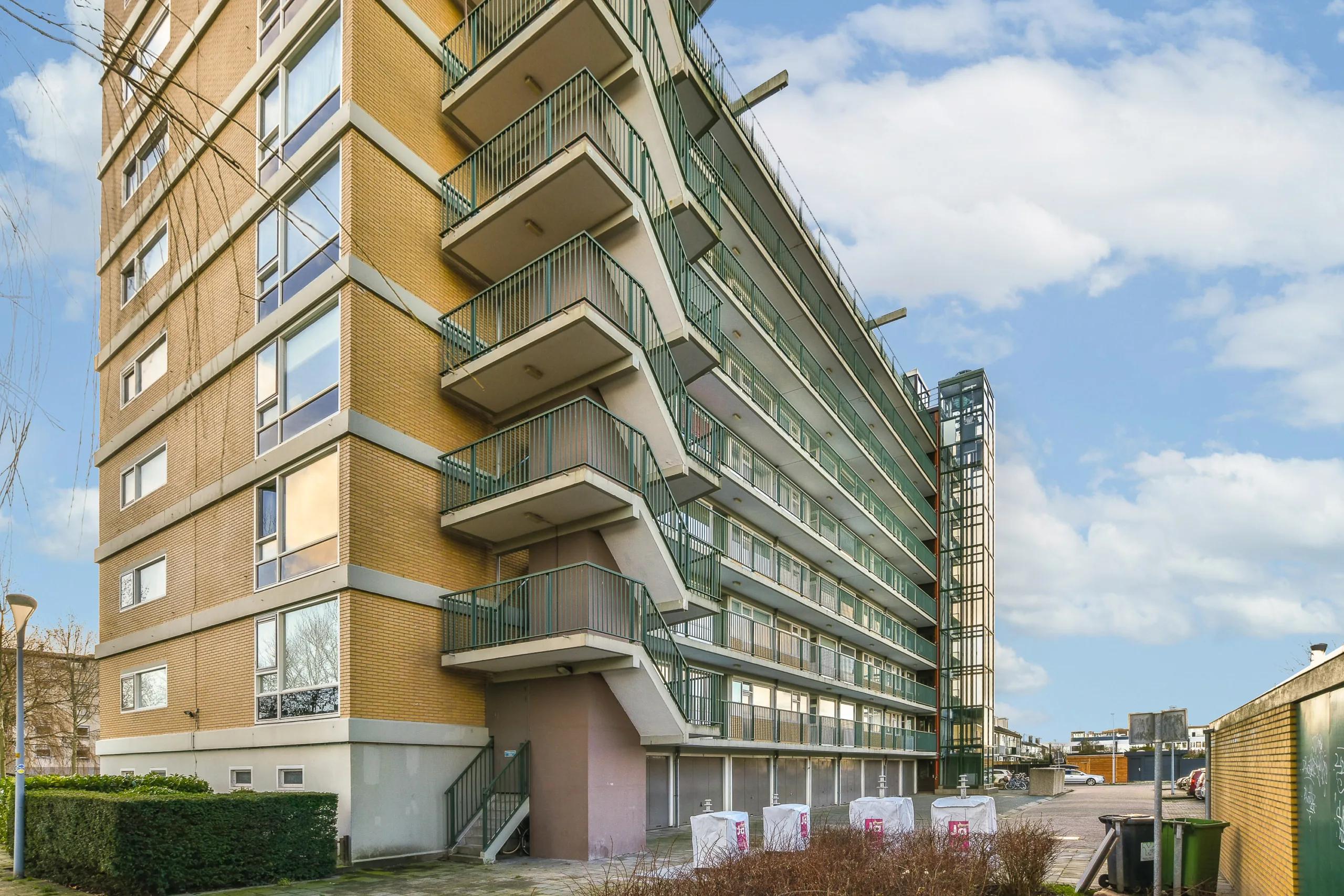- National vacancy rates are falling, driven by growing office-using employment and limited new supply — but some cities are still seeing rising vacancies.
- Austin and New York City lead in office utilization, while cities like Detroit, San Diego, and Washington, DC struggle with higher vacancies.
- New office construction remains muted, with only 0.5% of total US inventory underway, putting upward pressure on occupancy and pricing.
Office Use Is Rebounding — But Not Everywhere
A Yardi Matrix report shows US office recovery in 2025 is uneven across major metros as usage increases, reports Commercial Observer. Austin and New York show strong office recovery, while Detroit, Seattle, and DC still struggle with high vacancy rates.
The rebound is supported by a four-year decline in remote work and renewed demand for in-office jobs. In New York, just 11.8% of office workers were remote by fall 2024, helping lift the city’s occupancy to nearly 60%. Austin, which has added nearly 30% more office-using jobs since 2020, now boasts a 74.6% office occupancy rate.
Vacancy Divergence Tied To Supply
Markets with limited new office construction are faring best. Manhattan added just 16.6M SF, only 3.6% of its total office stock. This helped reduce its vacancy rate to 13%.
Conversely, Austin added 15.6M SF (16% of its stock) over five years, pushing vacancies up to 27%, despite high demand. Similarly, oversupply in Detroit and Seattle has kept vacancy rates elevated at 24.1% and 27.4%, respectively.
Get Smarter about what matters in CRE
Stay ahead of trends in commercial real estate with CRE Daily – the free newsletter delivering everything you need to start your day in just 5-minutes
Cities On The Mend
While some metros are struggling, others are showing sharp turnarounds. Manhattan’s vacancy rate dropped 370 basis points year-over-year. San Francisco and Houston also saw notable drops — down 350 and 420 basis points, respectively — due to rising demand and stagnant development pipelines.
Overall, national vacancy fell 90 basis points to 18.6% over the past year.
Investment Picks Up, But New Construction Lags
As office utilization rises, so do investment sales. Office assets notched $42.6B in transactions through October 2025, up from $29.2B during the same period in 2024.
But supply isn’t keeping up. Just 33.4M SF of new space is under construction — only 0.5% of national office inventory — and only 12.9M SF broke ground in the past 10 months. Yardi researchers expect the development slowdown to continue in the near term.
What’s Next
The US office market is entering a new era, defined by selective growth and a constrained development pipeline. Cities with strong job growth and conservative supply are leading the recovery, while oversupplied markets face a steeper climb. Expect continued investor interest and higher occupancy rates as supply remains tight — but a full recovery will depend on how well lagging markets adapt to new office demands.


















